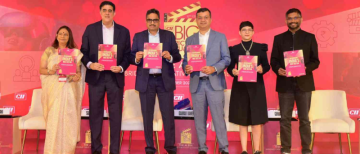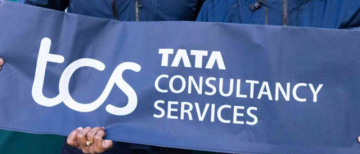India annually produces the largest number of engineering graduates in the world, with over 1.5 million students completing engineering degrees each year. Yet, despite this vast output, about 83% of these graduates remain unemployed or without internships in 2025. This rising tension has turned into a crisis affecting students, families, educational institutions, and the industry alike.
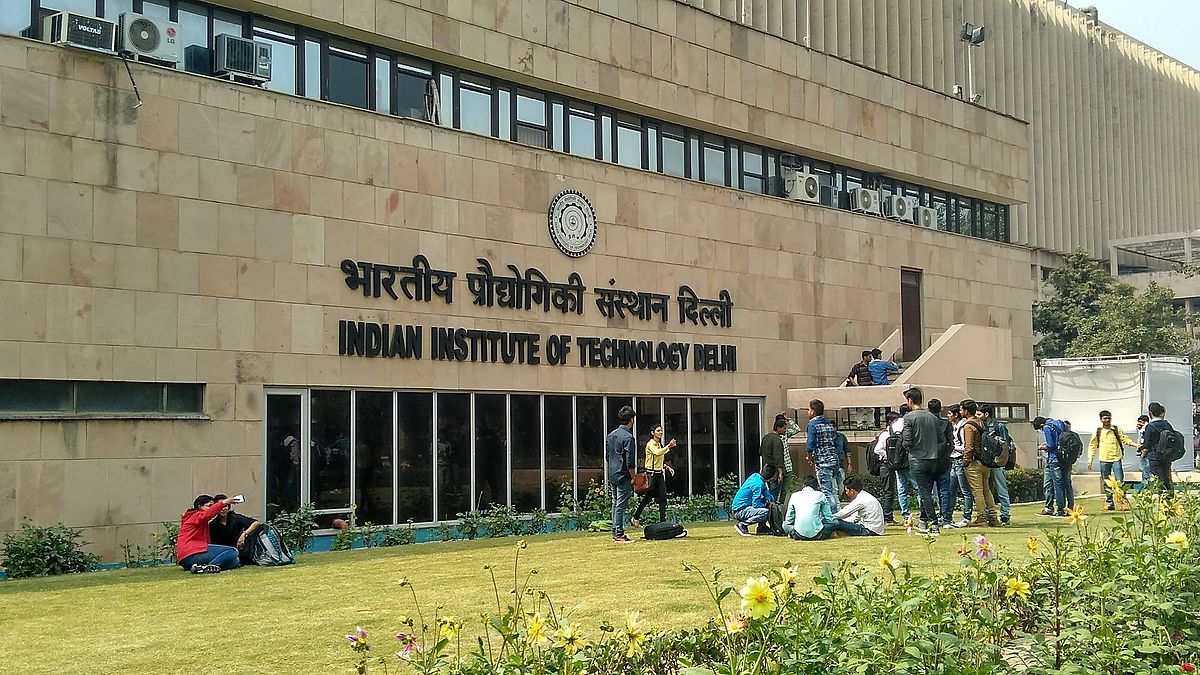
India’s engineering education system, once heralded for producing skilled professionals, is now facing scrutiny for its inability to keep pace with changing industry needs. The core problem is the mismatch between what students learn and the skills employers really want. A vast majority of engineering curricula remain focused on theoretical concepts, often outdated, while current industrial practices revolve heavily around hands-on experience, problem-solving aptitude, and familiarity with emerging technologies like artificial intelligence (AI), data analytics, and automation.
According to recent surveys and labor reports, only around 17% of engineering graduates get placed in relevant jobs or internships immediately after completing their studies, which means 8 out of 10 engineering students finish their degree without a promising career start.
Why Are Engineering Graduates Struggling?
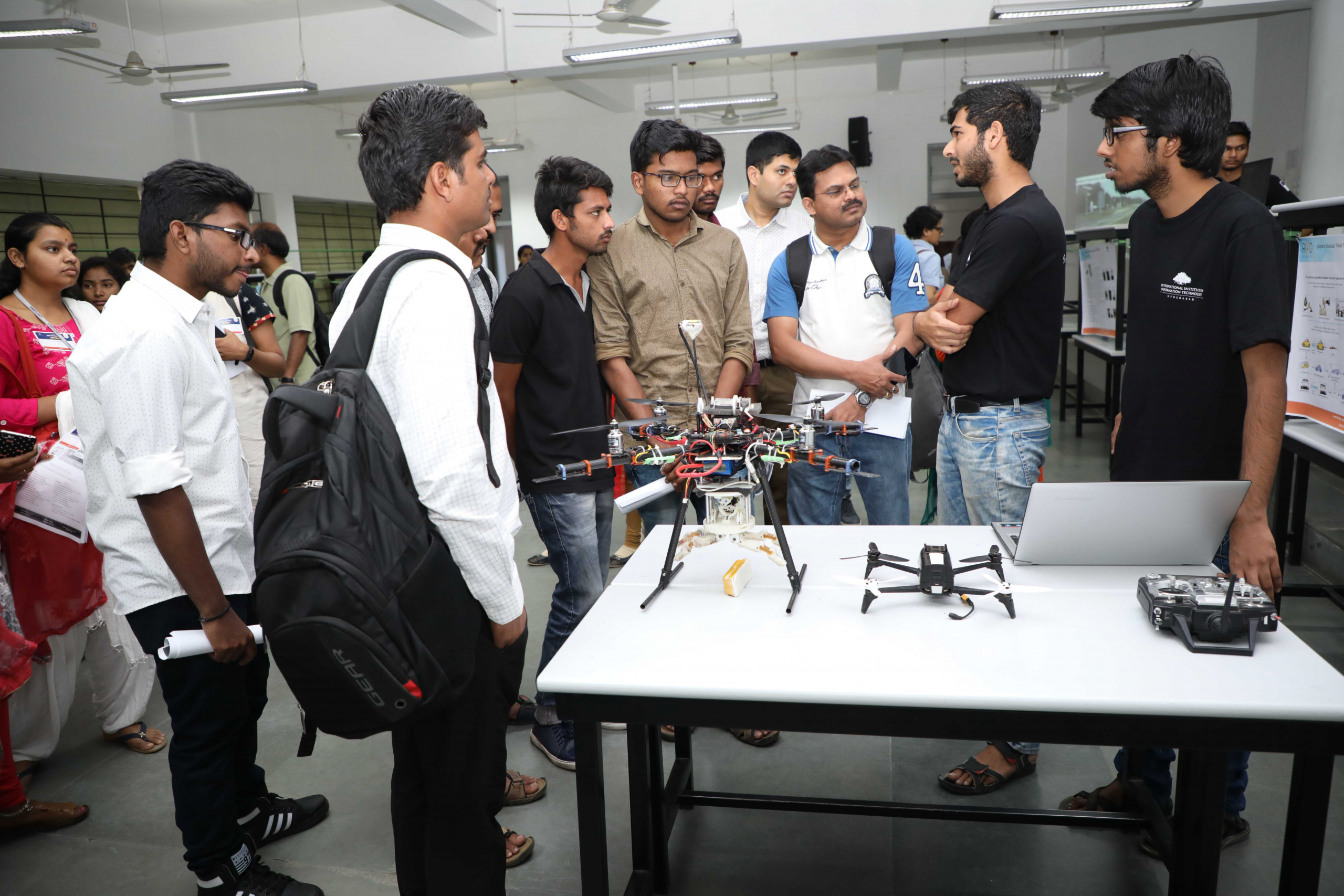
Several factors contribute to this drought of opportunities for engineering students:
-
Outdated Curriculum: Many engineering colleges still teach content based on decades-old syllabi. Though technology and industry have evolved rapidly, academic curricula have failed to follow suit. Critical fields such as AI, machine learning, cloud computing, and cybersecurity are either introduced late in the program or are missing altogether.
-
Lack of Practical Exposure: Theoretical knowledge is important but insufficient. Employers want graduates who can apply concepts to solve real-world challenges. Unfortunately, very few students gain hands-on experience through labs, workshops, or industrial internships during their studies.
-
Faculty Limitations: Many teachers lack recent industry experience or exposure to contemporary technologies, limiting their ability to mentor students in practical skills relevant to today’s workforce.
-
Market Saturation: The oversupply of engineering graduates far exceeds the available suitable jobs. While demand grows in some sectors, it is relatively stagnant or shrinking in others. This imbalance creates severe competition for limited roles.
-
Automation & AI: Ironically, automation technologies, including AI and robotics—fields that engineering grads should ideally master—are also reducing entry-level job opportunities by automating routine tasks.
Differences Between Engineering Branches
The employment scenario varies widely by engineering discipline. Information Technology (IT) and Computer Science students enjoy somewhat better job prospects, reflecting the global and Indian demand for software developers, data scientists, and IT specialists. Even then, only a fraction secure good placements, and competition remains intense.
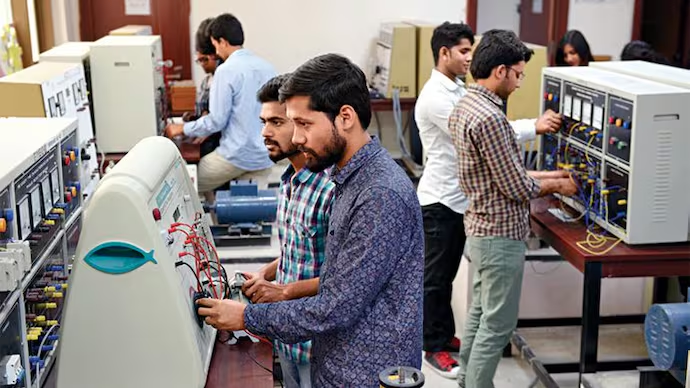
In stark contrast, traditional engineering branches like Mechanical, Civil, and Electrical Engineering face disproportionate challenges. These sectors have been slow to integrate new technology trends and often have fewer modern job openings. As a result, graduates in these streams struggle more with joblessness.
Social and Economic Impact
The consequences of this crisis extend beyond individual graduates to their families and communities. Many parents invest significant resources—both financial and emotional—in their children’s engineering education, expecting stable and well-paying careers. When degrees fail to translate into jobs, it causes distress and tension.
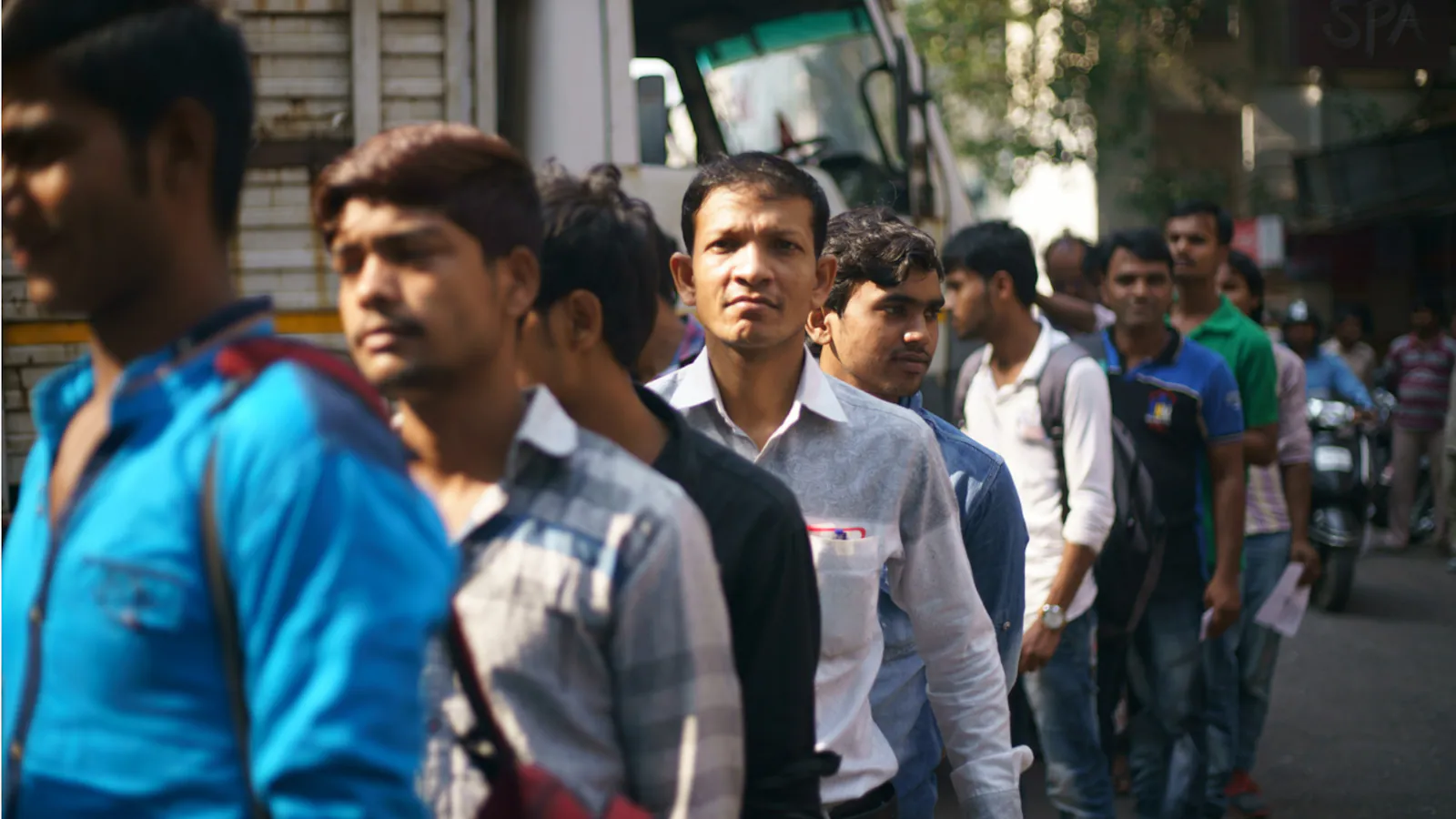
Youth unemployment in India is strikingly high; recent reports cite approximately 44.5% unemployment among the 20-24 age group, which includes most fresh engineering graduates. This high unemployment rate leads to rising frustration, mental health concerns, and a sense of hopelessness among young people striving to build careers.
Recruiters and companies have also shifted their expectations drastically. The prestige of a candidate’s college or simply holding an engineering degree no longer guarantees job placement. Instead, recruiters put greater emphasis on skills such as coding proficiency, problem-solving, communication, and relevant project experience.
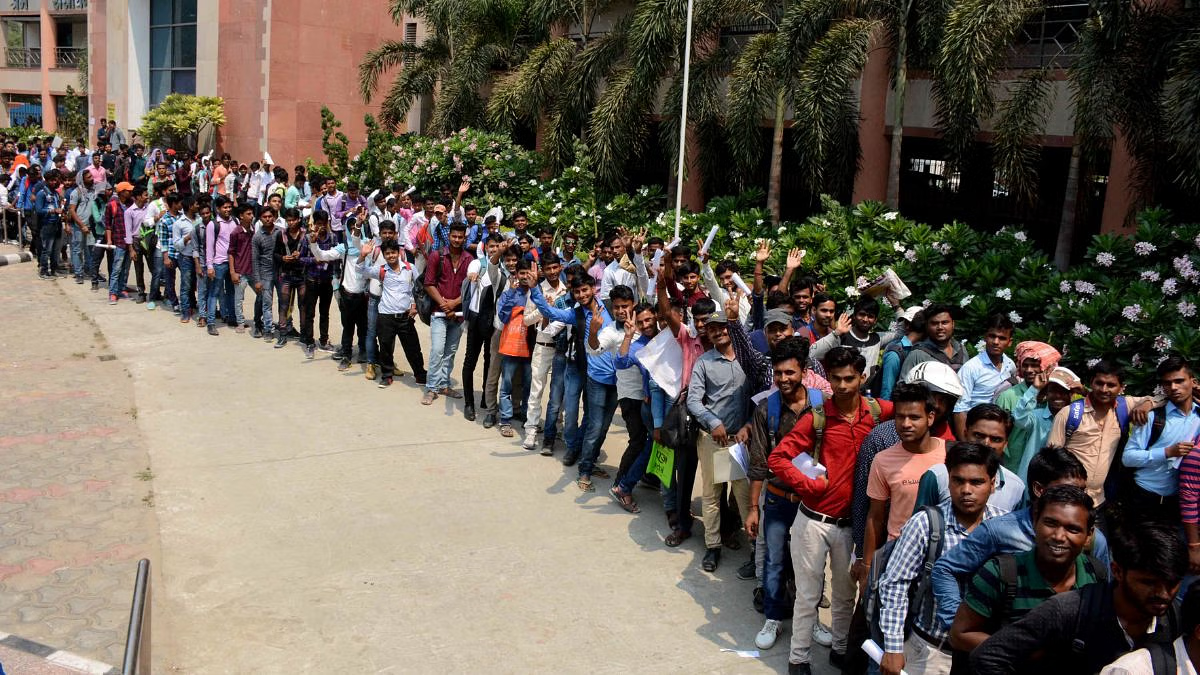
Many firms use coding tests, hackathons, and technical challenges to filter candidates, focusing on applied talent rather than academic records alone. This shift benefits students who proactively develop skills outside the classroom but disadvantages those clinging to traditional study methods without practical knowledge.
Initiatives Towards Reform

Recognizing this challenge, various stakeholders are pushing for education reforms:
-
Curriculum Overhaul: Universities and technical boards are urged to update syllabi frequently. Emphasizing new-age technologies and practical modules is considered critical.
-
Industry Collaboration: Partnerships between academia and industry to design courses, offer internships, and co-create projects can help students gain job-ready skills and better understand workplace expectations.
-
Faculty Training: Empowering educators with ongoing professional development ensures that they stay current on technology trends and teaching techniques.
-
Government Programs: Several government initiatives aim to bridge the skill gap through vocational training, digital skills development, and promoting innovation and start-ups among students.
-
Skill Certification: Incorporating recognized external certifications like those for cloud computing or AI technologies can complement formal degrees and improve employability.
What Students and Graduates Can Do

While systemic change takes time, students themselves can adopt strategies to improve their chances:
-
Internships and Projects: Seek internships, even unpaid ones, to gain industry experience. Participate in college projects, coding contests, and hackathons.
-
Online Learning: Use platforms offering courses in trending skills like AI, data science, and cloud computing to stay updated.
-
Soft Skills: Communication, teamwork, and adaptability are highly valued and can set candidates apart.
-
Networking and Mentorship: Engaging with alumni, professionals, or industry groups can open doors to opportunities and guidance.
India is not alone in facing these challenges. Many countries encounter difficulties aligning higher education with rapidly evolving job markets. However, the scale of engineering graduate production in India, combined with slower reforms, has magnified the problem here. Learning from global best practices—such as close academia-industry integration seen in Germany or the US—may help India manage its skills and employment mismatch better.
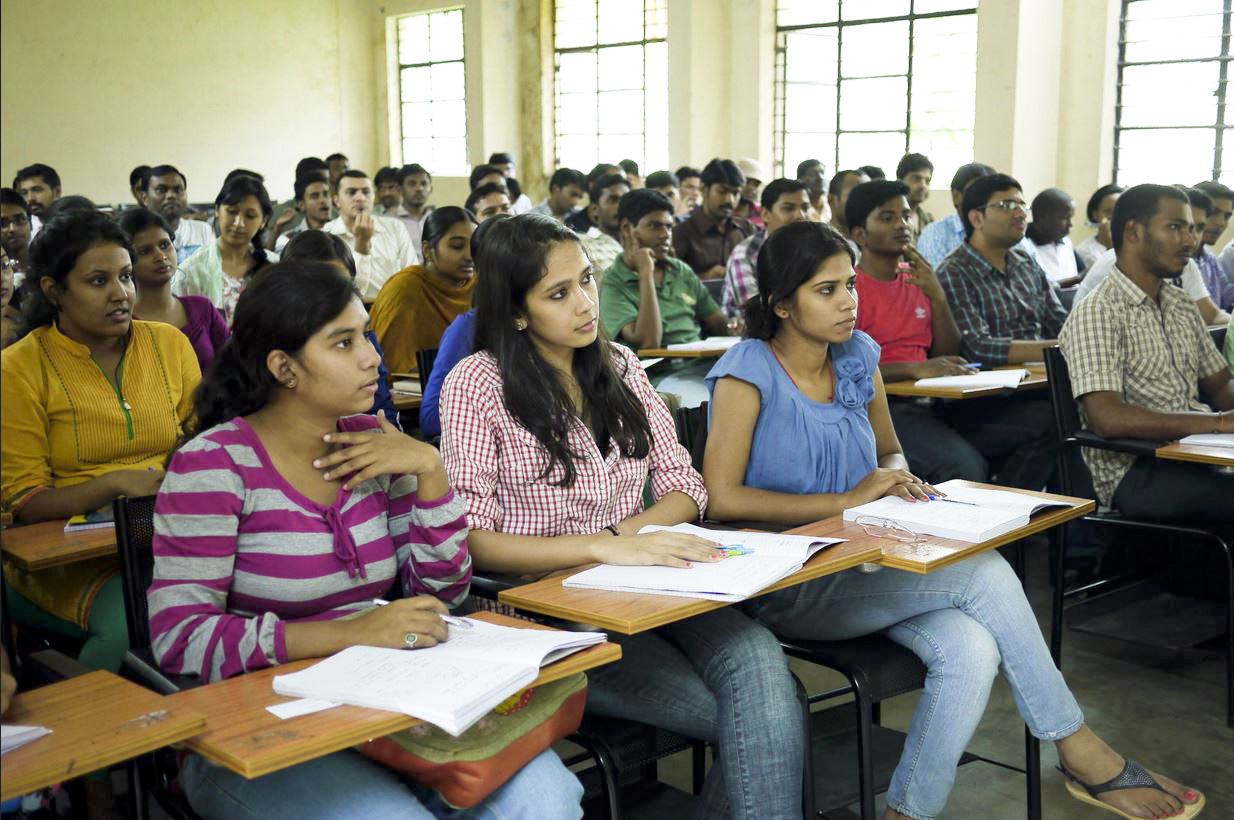
India’s engineering education system, once a beacon for STEM success, now grapples with one of its greatest challenges: ensuring that the vast number of engineering graduates have meaningful career opportunities. The current reality—where 83% of graduates remain unemployed or underemployed—signals a warning call for urgent action.
Bridging the gap between education and employment requires a comprehensive approach involving curricula modernization, practical training, faculty empowerment, and stronger industry ties. Moreover, graduates must embrace continuous learning and skills enhancement to navigate the competitive, rapidly changing job market.

Without decisive reform and commitment from all stakeholders—students, educators, industry leaders, and policymakers—the rising tension and crisis in the engineering job market will persist, undermining the potential of India’s youth and the ambitions of a growing economy.
With inputs from agencies
Image Source: Multiple agencies
© Copyright 2025. All Rights Reserved. Powered by Vygr Media.





